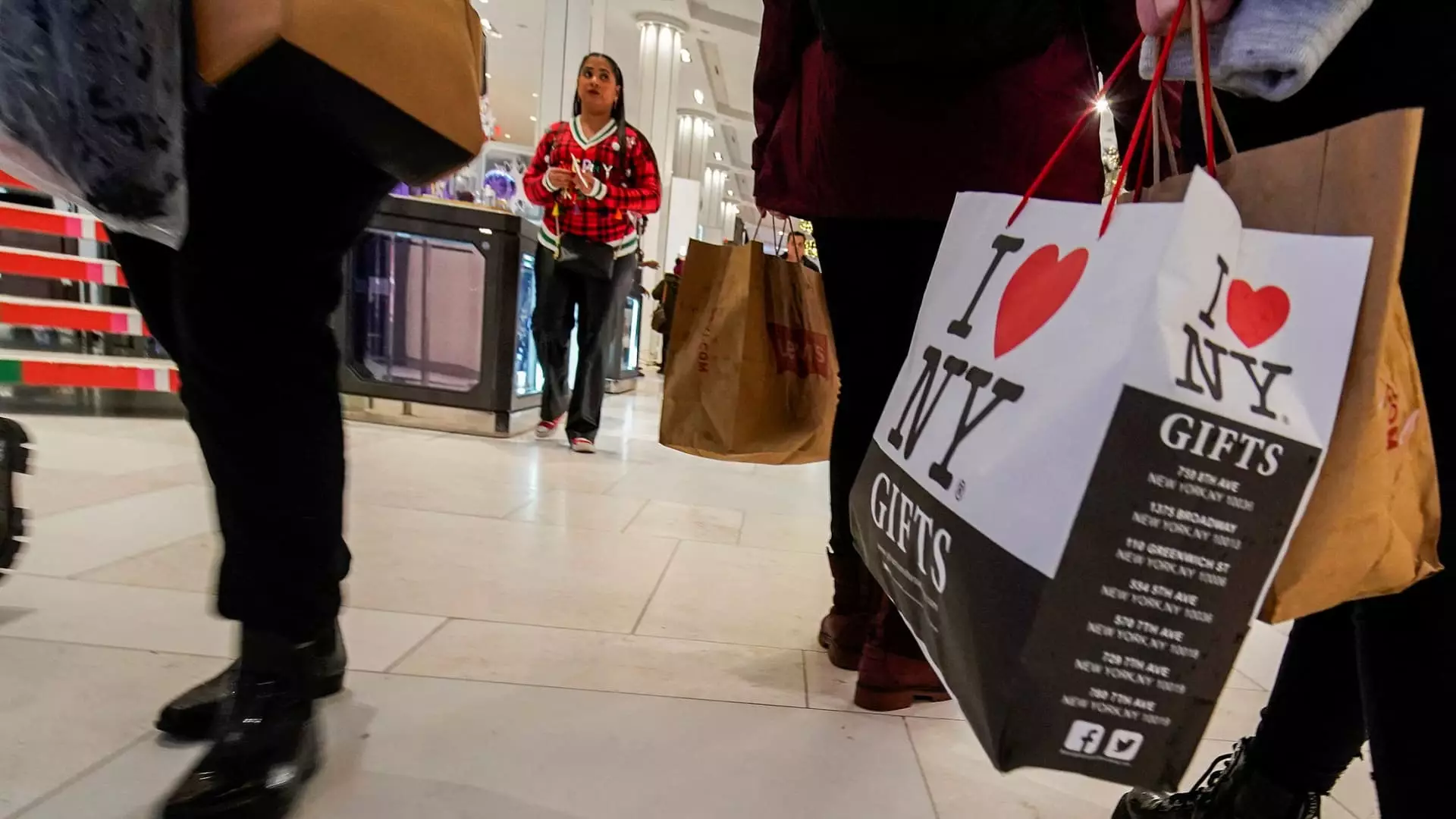As the holiday season approaches, Americans prepare to indulge in gift-giving, with projections for holiday spending reaching unprecedented levels. According to research from the National Retail Federation, expenditures from November 1 to December 31 in 2023 are anticipated to soar between $979.5 billion and $989 billion. This uptick in consumer spending takes place against a backdrop of burgeoning credit card debt, which has surpassed an alarming $1.14 trillion. While people are eager to celebrate and share with loved ones, the financial implications of such an enthusiastic approach to holiday spending cannot be overlooked.
Deloitte’s holiday retail survey indicates that shoppers expect to spend, on average, $1,778 this season—an 8% increase from 2022. However, it is striking that nearly 28% of these consumers have yet to fully settle the debts incurred during last year’s festivities. Such behaviors raise questions about the sustainability of consumer credit habits during what is typically a season of joy and generosity.
In anticipation of the holiday shopping frenzy, a majority of consumers (74%) plan to leverage credit cards for their purchases. In contrast, only 28% intend to dip into savings, with a minority (16%) opting for ‘buy now, pay later’ (BNPL) services. This trend suggests a growing reliance on credit to fulfill gifting desires, which can further complicate financial health.
A survey conducted by NerdWallet reinforces these concerns, revealing that a significant number of adults find themselves in a cycle of debt as they tap into convenient credit options to maintain their holiday traditions.
The rising prominence of BNPL services reflects a shift in consumer financing solutions. Forecasts from Adobe anticipate BNPL spending to hit a staggering $993 million on Cyber Monday alone. While this method can provide an instant solution to those looking to spread out payments—often at enticing interest rates of 0%—it is essential to recognize the underlying risks. Many consumers may be unaware that these loans essentially function as credit, often leading to confusion regarding repayment obligations.
Experts caution that the ease of accessing multiple BNPL accounts can ultimately lead to heightened financial strain. Howard Dvorkin, a noted CPA, aptly summarizes this phenomenon, expressing that these services often disguise the reality of accumulating debt as a harmless credit option. As individuals open more BNPL accounts, they may find themselves overspending and jeopardizing their credit health.
When consumers inevitably encounter challenges in meeting payment deadlines, the repercussions can be dire. Missed payments may incur late fees, deferred interest, or potentially punitive interest rates that can reach as high as 30%. Such outcomes can rival even the most exorbitant credit card APRs.
As we navigate this season of giving, it is crucial for consumers to remain aware of their financial choices and the potential pitfalls of holiday spending. The festive spirit should not come at the cost of long-term financial well-being. Balancing generosity with fiscal responsibility may be the best present consumers can give themselves amid the whirl of holiday excitement.

